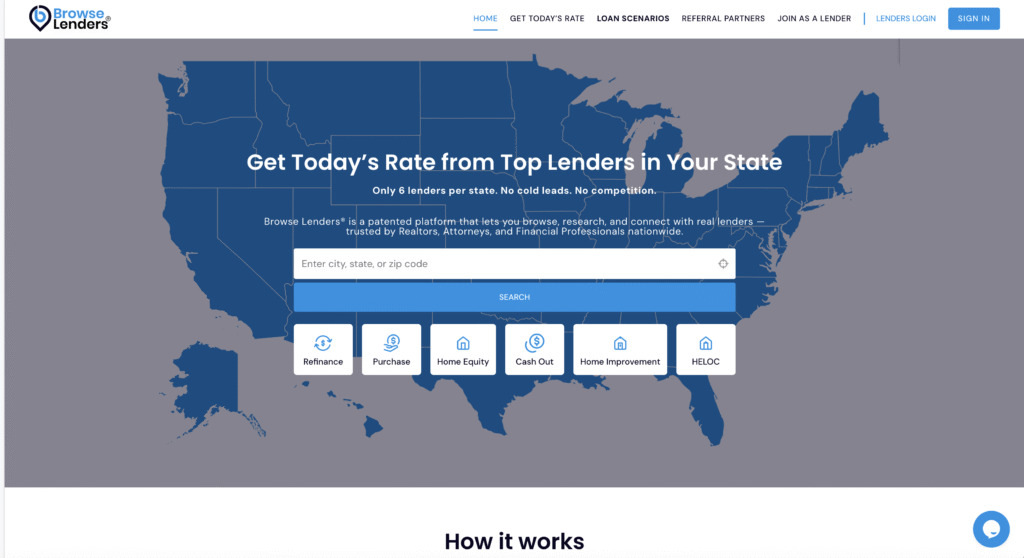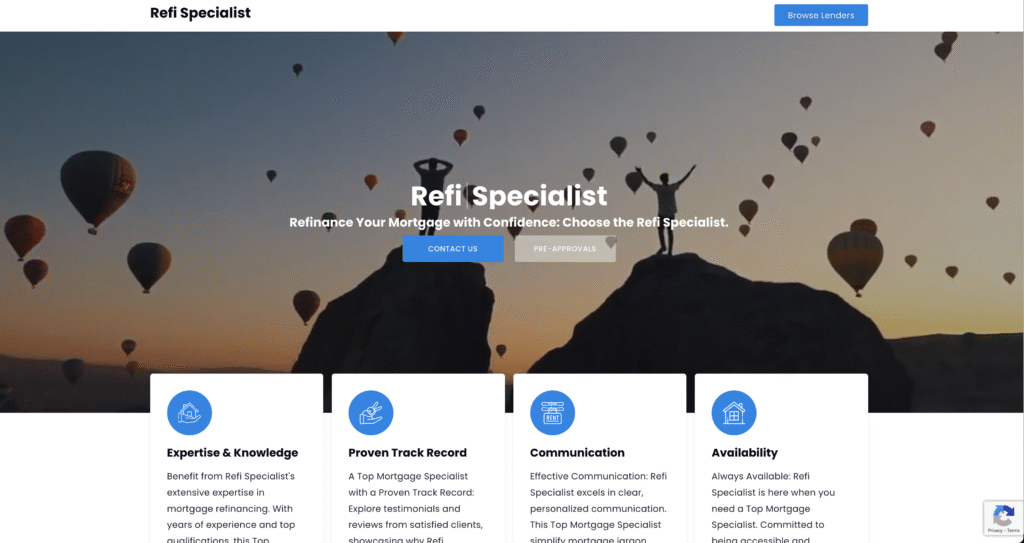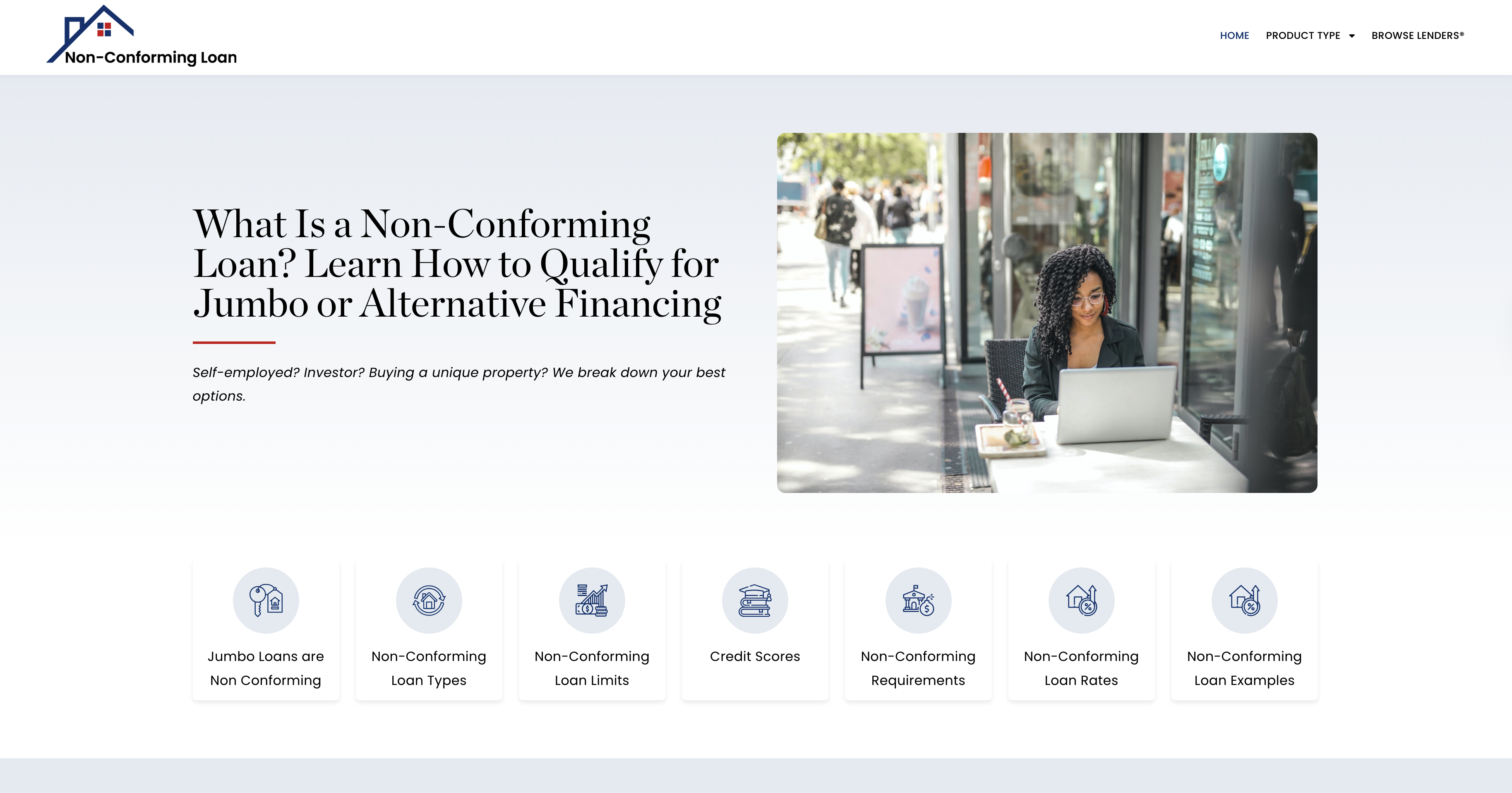Progress Tracker: Trust Trend vs Score Movement – What is it really?
Most consumers believe “progress” means seeing their credit score rise. They watch the number, feel hopeful, and assume everything is moving in the right direction. But the number they are watching is not the number the system is using — and the type of progress they think matters is not the type lenders actually evaluate.
To the consumer, progress = points gained.
To the institution, progress = trust sustained.
A credit score snapshot is static.
A trust trend is dynamic.
One is a picture.
The other is a trajectory.
The Progress Tracker exists because institutions don’t lend based on what your situation is today — they lend based on how stable your decision-making has been across time. And that is something most borrowers never realize: you are not being judged on your past performance, you are being judged on your demonstrated volatility risk across the last 90–180 days.
Your Middle Credit Score® is not a measurement of your potential — it is a measurement of your predictability.
Consumers think lenders are asking:
“How high is your score?”
Institutions are actually asking:
“How likely are you to remain stable after we approve you?”
That is why the Progress Tracker is not a “feel good” tool. It is a readiness validation tool. It shows the borrower not whether they are “improving,” but whether they are becoming trustworthy in the eyes of an underwriting model. It is guidance toward consistency, not dopamine toward a number.
Why the System Cares About Trend More Than Score
A 30-day improvement means nothing if it does not stabilize over 90 days.
A 90-day improvement needs 180 days to be considered “mature.”
Until stability matures, the system treats you as temporary, not dependable.
This is why people with rising scores still get denied or priced poorly:
| What Consumer Sees | What Underwriting Sees |
|---|---|
| “My score jumped 35 points” | “Short-term fluctuation — unproven trend” |
| “My utilization dropped” | “Stability window has not matured” |
| “I paid three accounts” | “We still need 60–90 days of rhythm” |
| “I fixed something” | “We don’t yet know if it will stay fixed” |
The system rewards durability, not spikes.
It wants to know not whether you improved,
but whether you grew out of volatility.
Why Consistency is the Real Currency of Credit
Every action a borrower takes is either signaling a pattern or signaling a correction. Institutions do not trust corrections — they trust sustained pattern normalization. A borrower who makes 10 positive changes in 30 days is less trusted than a borrower who makes 2 disciplined changes and sustains them over 90–180 days.
The consumer mindset is:
“Look how much I fixed.”
The institutional mindset is:
“Show me how long you’ve been stable.”
That is why the Progress Tracker frames time as leverage.
Not because waiting matters — but because pattern confirmation matters.
Progress is not measured by how fast you changed,
but by how stable you became after changing.
The Invisible Layer: Where Readiness Actually Lives
There are three invisible stability windows underwriting uses behind the scenes:
| Window | What It Measures | Interpretation |
|---|---|---|
| 30 Days | Reduction of volatility | “Are they still reactive?” |
| 60 Days | Emerging rhythm | “Is this becoming habit?” |
| 90 Days | Confirmed baseline | “This now appears real” |
| 180 Days | Institutional confidence | “This is who they are now” |
Most credit repair companies force action in the first 30 days and mislead consumers into thinking change = readiness. It doesn’t.
Underwriting won’t reward progress at 30 days —
it will only acknowledge it.
Underwriting rewards stability at 90 days
and trust at 180 days.
This is why the Progress Tracker exists after the other tools — because once dispute integrity, payoff sequence, budgeting rhythm, utilization control, and DTI stability are in motion, the final proof the system needs is consistency.
Not intensity — consistency.
Why Tracking a Score is Outdated — and Tracking a Trend is Power
Score tracking was designed for entertainment and consumer gamification. Apps keep users checking numbers because engagement drives advertising revenue. But lenders don’t base risk on optimism — they base it on pattern reliability.
What matters is the slope — not the snapshot.
If the slope is stable, eligibility improves.
If the slope is volatile, eligibility stalls.
This is why some borrowers feel “stuck”:
because they are watching the wrong metric.
They assume:
“My score is going up, so I should be winning.”
But the institution is asking:
“Will this borrower stay stable once we issue a new loan?”
The Progress Tracker answers that question — in the system’s language.
How Consistency Becomes Borrowing Leverage
Consistency is not just “good behavior” — it is the evidence underwriting uses to decide whether a borrower is predictable enough to qualify for better pricing, easier approvals, lower fees, and lower-risk treatment. Borrowing power is not created by change — it is created by proven predictability.
Where most consumers go wrong is believing that improvement is enough. Improvement is personal progress. Consistency is institutional confidence.
Lenders don’t reward effort —
they reward stability they can rely on without monitoring.
The Turning Point: When the System Stops “Watching You” and Starts “Trusting You”
There is a moment — not visible on a credit report — where a borrower shifts from “under review” to “trusted file.” This moment doesn’t happen when the score jumps. It happens when the system has witnessed enough consistent behavior to conclude:
“This borrower will not destabilize under new obligation.”
At that moment, underwriting relaxes. Pricing improves. Conditions lighten. Decisioning speeds up. And perhaps most importantly — the borrower stops being treated like someone who “might default later” and starts being treated like someone who “can maintain performance.”
That transition is what the Progress Tracker is built to show:
not whether you are improving — but whether you are now dependable.
Why Consistency is Read as “Low-Cost Borrower Behavior”
Every lender knows: money is expensive to lend to unstable people. It requires conditions, manual reviews, second looks, manager overrides, risk buffers, and layered documentation.
Stable borrowers cost less to service — so they receive better offers.
| Borrower Type | Institutional Cost | Outcome |
|---|---|---|
| Unstable / reactive | High touch, high monitoring | Higher rates, heavier conditions |
| Stable / consistent | Low touch, low risk | Better pricing, faster approvals |
How Consistency Becomes Borrowing Leverage
Consistency is not just “good behavior” — it is the evidence underwriting uses to decide whether a borrower is predictable enough to qualify for better pricing, easier approvals, lower fees, and lower-risk treatment. Borrowing power is not created by change — it is created by proven predictability.
Where most consumers go wrong is believing that improvement is enough. Improvement is personal progress. Consistency is institutional confidence.
Lenders don’t reward effort —
they reward stability they can rely on without monitoring.
The Turning Point: When the System Stops “Watching You” and Starts “Trusting You”
There is a moment — not visible on a credit report — where a borrower shifts from “under review” to “trusted file.” This moment doesn’t happen when the score jumps. It happens when the system has witnessed enough consistent behavior to conclude:
“This borrower will not destabilize under new obligation.”
At that moment, underwriting relaxes. Pricing improves. Conditions lighten. Decisioning speeds up. And perhaps most importantly — the borrower stops being treated like someone who “might default later” and starts being treated like someone who “can maintain performance.”
That transition is what the Progress Tracker is built to show:
not whether you are improving — but whether you are now dependable.
Why Consistency is Read as “Low-Cost Borrower Behavior”
Every lender knows: money is expensive to lend to unstable people. It requires conditions, manual reviews, second looks, manager overrides, risk buffers, and layered documentation.
Stable borrowers cost less to service — so they receive better offers.
| Borrower Type | Institutional Cost | Outcome |
|---|---|---|
| Unstable / reactive | High touch, high monitoring | Higher rates, heavier conditions |
| Stable / consistent | Low touch, low risk | Better pricing, faster approvals |
Your consistency reduces institutional workload —
that is why they reward it.
The Progress Tracker exists so consumers can finally see the same trend underwriting sees — the trend that determines how they will be treated on the lending side, not just how they feel about their improvement.
Why Consistency Must Be Visible Before You Enter the Lending Environment
Lenders do not want to see stability in progress.
They want to see stability already achieved.
If you enter the system mid-transition, underwriting will hold you in manual review until more time passes — not because you’re wrong, but because you’re unproven.
If you enter after consistency is established, underwriting fast-tracks you because the risk interpretation has already matured.
This is the difference between:
reactive approval
and
advantaged approval
The Progress Tracker ensures you wait until the system is interpreting you as stable, not simply improving.
Consistency Is Leverage Because It Reduces Risk — and Reduced Risk = Better Treatment
Underwriting doesn’t reward perfection —
it rewards predictability over time.
Once that predictability is visible:
✅ your rate ceiling drops
✅ your approval probability rises
✅ your deposit requirements shrink
✅ your insurance pricing improves
✅ your underwriting time shortens
✅ your loan options expand
✅ your conditions lighten
And when you eventually step into Browse Lenders®, you enter as a low-friction applicant, which means lenders are not looking “for a way to approve you,” they are positioning themselves to compete for you.
That is leverage.
Not emotional leverage.
Not negotiation leverage.
Institutional leverage — earned through consistency.
The Progress Tracker Is the Maturity Layer of Readiness
If the other tools prepare you for readiness,
the Progress Tracker validates it.
- Debt Tracker → pattern literacy
- DTI Calculator → capacity literacy
- Dispute Planner → credibility literacy
- Payoff Planner → sequencing literacy
- Budget Tool → stability literacy
- Progress Tracker → institutional trust maturity
This final tool turns all prior work into measurable advantage because it proves that you didn’t just change — you became stable.
Once you are stable, you are no longer “petitioning for approval.”
You are entering the lending world as a qualified, low-cost, low-maintenance borrower — the exact profile institutions want to approve, retain, and compete for.
That is why consistency is leverage.






